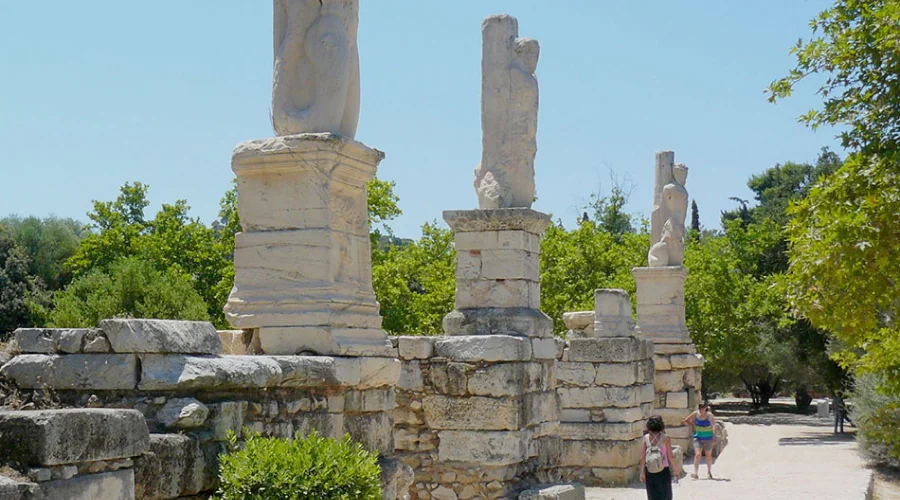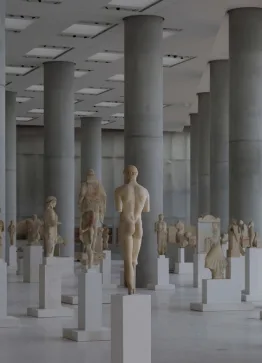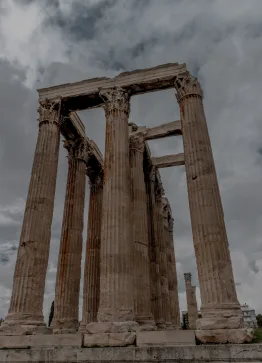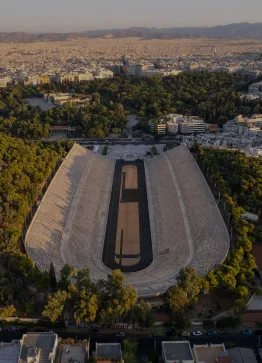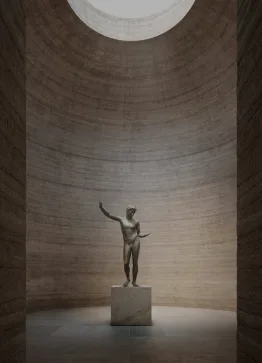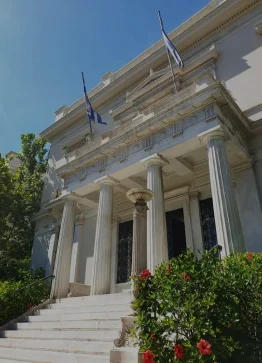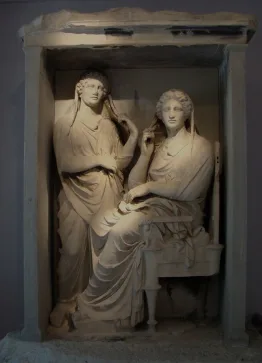Ancient Agora
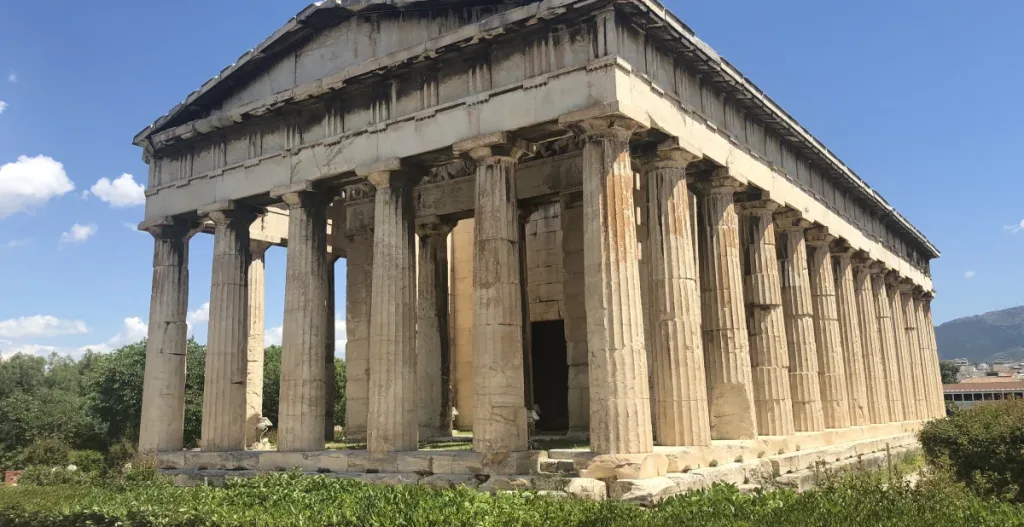
About the Ancient Agora
A historical treasure at the center of the city’s rich past is the Ancient Agora of Athens, sometimes known as the Agora. The significance of this iconic site transcends with time, serving as ancient Athens’ thriving marketplace and the hub of Athenian democracy. At the heart of the Agora lies the magnificent Temple of Hephaestus, an exceptionally well-preserved Doric temple dedicated to the god of craftsmanship and blacksmiths. Its intricate architecture is a proof to the skilled artisans of ancient time.
The Agora was more than a marketplace; it was the cradle of Athenian democracy. Here, the likes of Pericles and Socrates engaged in spirited philosophical debates, shaping the intellectual and political landscape of the city. The Stoa of Attalos, a magnificent colonnaded building, has been meticulously reconstructed and now houses a museum that exhibits artifacts from the Agora. It’s a window into the daily lives, commerce, and politics of ancient Athens. The Agora remains a timeless symbol of Greek intellectual and civic life, preserving the essence of a bygone era for modern generations to explore and appreciate.
History of the Ancient Agora
The Ancient Agora of Athens, which is situated below the Acropolis, has a colorful past spanning more than 5,000 years. Initially a simple Neolithic settlement, it evolved into a thriving marketplace and civic center during the Archaic period. In the Classical era, luminaries like Pericles and Socrates frequented the Agora, which became the heart of Athenian democracy. The construction of important structures, such as the Stoa of Attalos and the Temple of Hephaestus, marked its zenith.
Through the Hellenistic and Roman periods, the Agora of Athens retained its importance as an administrative and commercial hub. With the decline of the Roman Empire, it fell into disrepair.
The Stoa of Attalos was rebuilt in the middle of the 20th century after archaeological discoveries in the 19th century revealed its historical significance. Athens’s ancient political, social, and economic life is beautifully shown in the Ancient Agora, which is now regarded as a priceless historical treasure.

Tips for your visit
- Agora Hours: Check the Agora hours and plan your visit accordingly. Note that it may have seasonal variations.
- Temple of Hephaestus: Start your exploration with the well-preserved Temple of Hephaestus, a masterpiece of ancient Greek architecture, located within the Agora.
- Stoa of Attalos: Don’t miss the Stoa of Attalos, a reconstructed colonnaded building that houses a museum with artifacts from the Agora’s past. It offers valuable insights into ancient Athenian life.
- Guided Tours: Consider joining a guided tour to gain a deeper understanding of the Ancient Agora history and significance.
- Comfortable Attire: Wear comfortable clothing and shoes suitable for walking, as you’ll be exploring the outdoor archaeological site.
- Hydration and Sunscreen: Bring water and sunscreen, especially during the warmer months, as there might be limited shade. The Agora’s serene atmosphere encourages contemplation.
- Photography: Capture the beauty of the Agora with your camera or smartphone but be mindful of any photography restrictions.
- Nearby Attractions: Combine your visit with nearby attractions like the Acropolis or Plaka to make the most of your day in Athens.
Tickets
Discover the Ancient Agora of Athens with affordable ticket options. General admission is just €10, ensuring access to this historical gem. Non-EU youths aged 6-25 and EU seniors over 65 can explore for only €5. Children under 5 and EU member-state citizens under 25 enjoy free entry. Don’t miss this chance to step into the past. Secure your tickets and embark on an ancient adventure today!
How to arrive
Reaching the Ancient Agora of Athens is straightforward, as it’s centrally located in the city. Here are some ways to get there:
By Metro: Athens has an efficient public transportation system. You can take the Metro to the “Thissio” station (Line 1 – Green Line), which is very close to the Ancient Agora.
By Bus: Several bus lines have stops around the Agora. Buses 25,26,27 and 35 are also one of them.
By Tram: The Athens Tram offers transportation to the Agora. The “Leoforos Vouliagmenis” tram stop is nearby.
Taxi or Rideshare: Taxi and ridesharing services like Uber are readily available in Athens. You can simply input “Ancient Agora of Athens” as your destination.
On Foot: If you’re staying in the city center, walking to the Agora is a great option. It’s located near the Acropolis and Plaka, making it easily accessible by foot.
